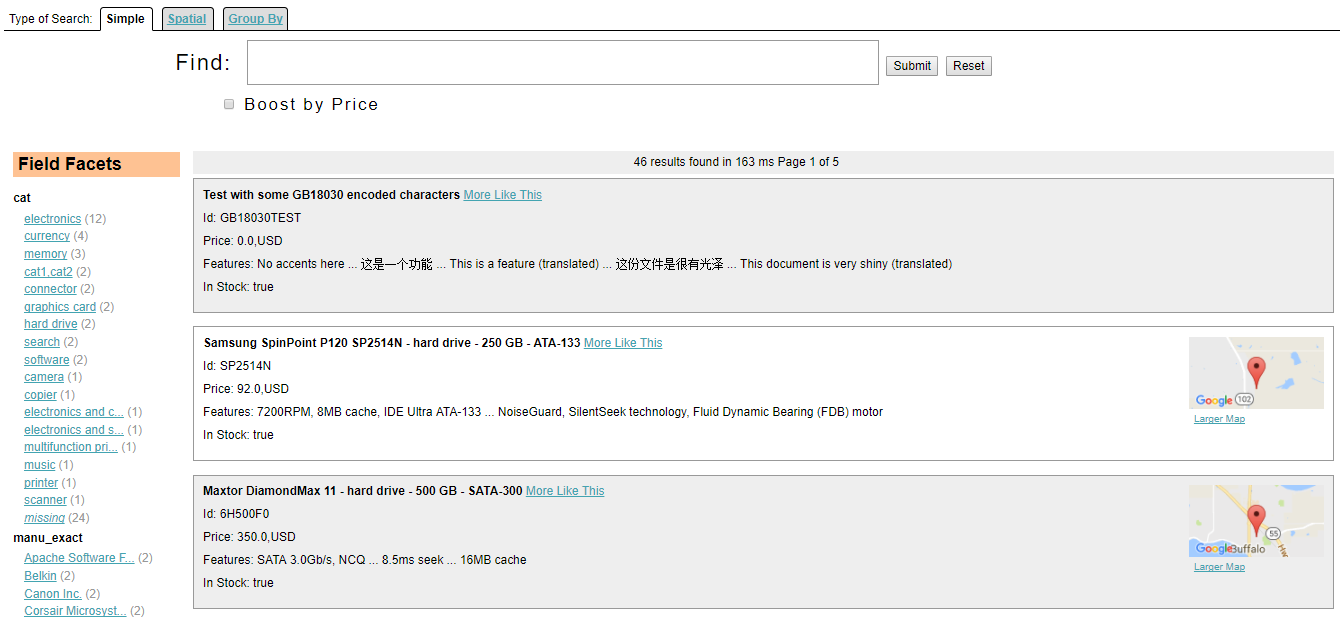In the previous chapter, we learned how to build indexes using various methods. In this chapter, we will see how Solr's search works. Solr comes with a large searching kit; by configuring elements from this kit, it provides users with an extensive search experience and returns impressive results with a helpful interface.
Here is a list of search functionalities provided by Solr, that put Solr in the list of desirable search engines:
- Highlighting
- Spell checking
- Reranking
- Transformation of results
- Suggested words
- Pagination on results
- Expand and collapse
- Grouping and clustering
- Spatial search
- More like this word
- Autocomplete
We will look at some of these functions in detail later in this chapter, but first let's understand every component that performs an important role during searches and generates impressive results.


